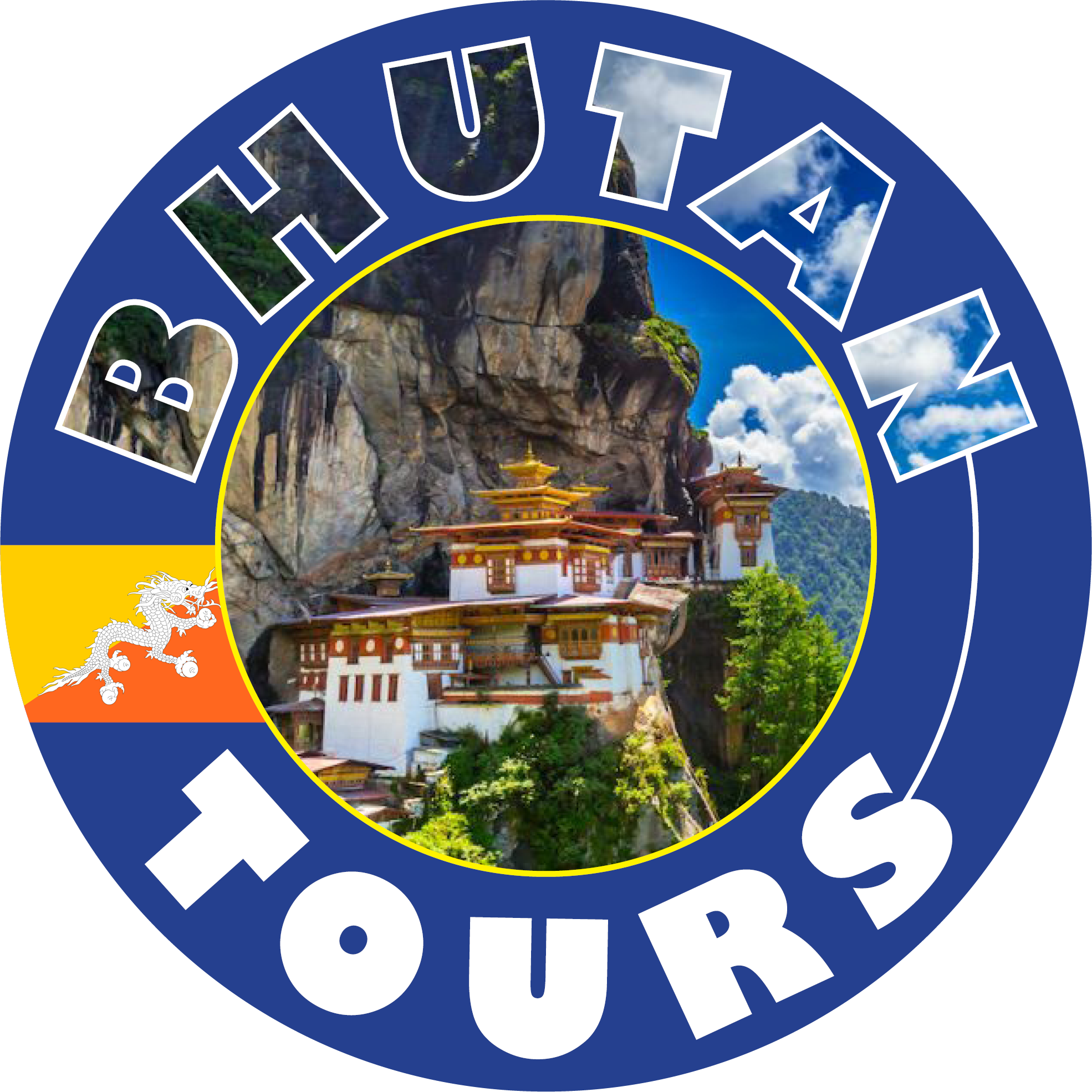Overview
Obtaining information on a Bhutan visa and planning a trip to this unique Himalayan kingdom involves a distinct process that ensures a controlled and sustainable approach to tourism. Bhutan’s government has designed its tourism policy to prioritize high-value, low-impact tourism, preserving its culture, environment, and way of life.
To enter Bhutan, travelers must book their trip through a licensed Bhutanese tour operator or their international partners. These operators arrange the entire itinerary, including accommodation, transportation, and guided tours, as independent travel is restricted. The government-regulated daily tariff covers these services and helps control the number of visitors.
The Bhutan visa process is initiated by the tour operator after receiving the required travel details and payment. The operator then applies for a Bhutan visa approval letter from the Tourism Council of Bhutan (TCB). It takes about one to two weeks. Once the approval is granted, the traveler receives a visa clearance letter, which is required for boarding the flight to Bhutan.
Respecting Local Customs and Exploring Bhutan’s Cultural Treasures: A Guide to Your Journey
Upon arrival at Bhutan’s only international airport in Paro, travelers’ visas are stamped in their passports. The visa’s validity corresponds to the duration of the planned trip. Extensions can be arranged in Thimphu, the capital, if necessary.
It’s important to note that Bhutan emphasizes cultural preservation, and visitors are expected to respect local customs and etiquette. This includes dressing modestly, removing shoes before entering religious sites, and refraining from photographing certain sacred areas or rituals.
When planning a Bhutan trip, timing is crucial. Spring (March to May) and autumn (September to November) are popular seasons due to pleasant weather and vibrant landscapes. However, treks and festivals attract visitors year-round, each season offering a different experience.
The kingdom’s rich cultural heritage and stunning landscapes are best explored through organized tours. From the iconic Paro Taktsang (Tiger’s Nest) monastery to the vibrant Paro Tsechu festival, visitors are immersed in Bhutan’s spiritual and cultural tapestry.
Conclusion and Summary
In summary, visiting Bhutan requires careful planning through a licensed tour operator to navigate the unique visa process and regulated tourism policy. By adhering to Bhutan’s principles of sustainable tourism, travelers can enjoy an authentic and transformative experience while contributing to the preservation of this captivating kingdom’s natural and cultural treasures
